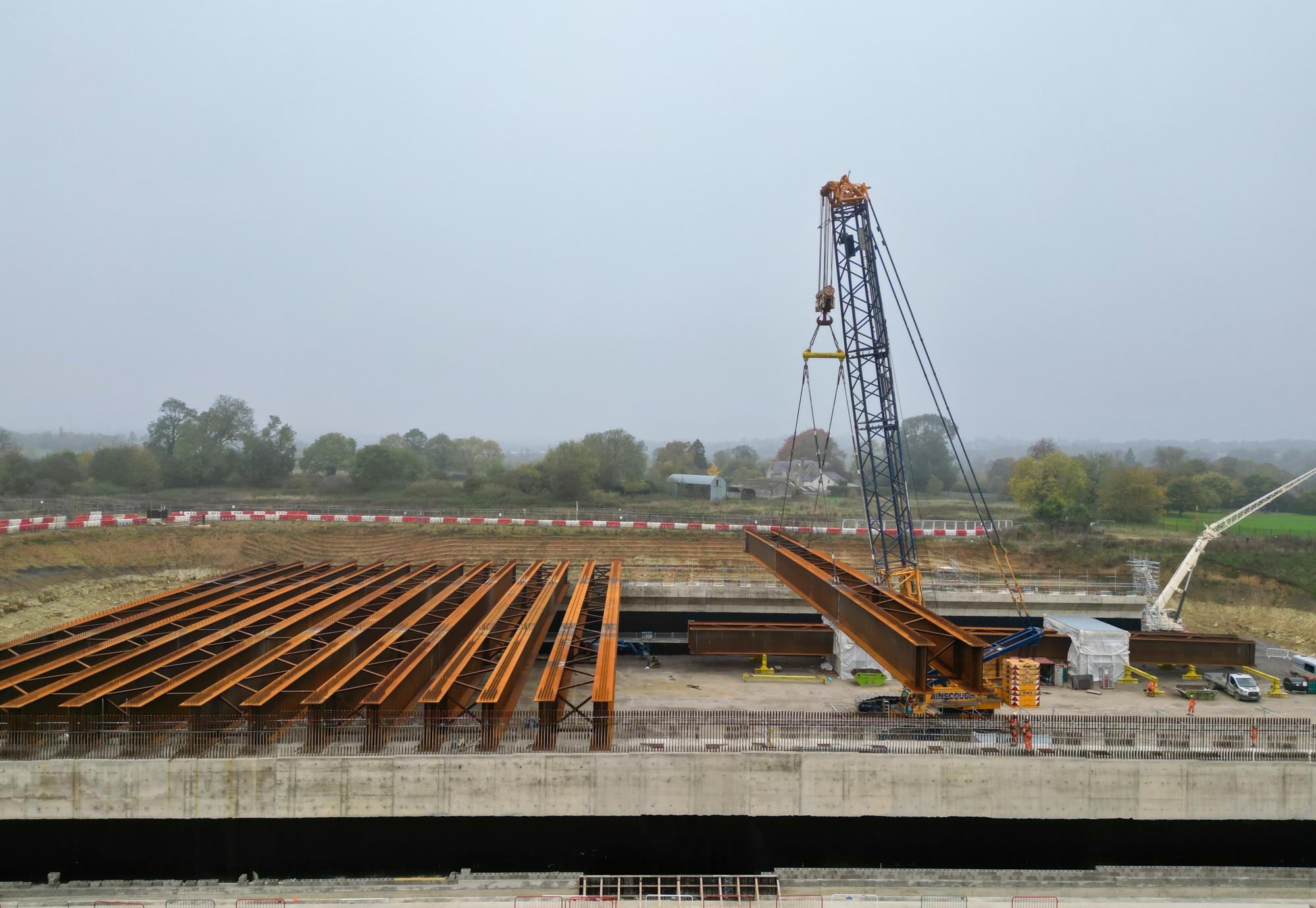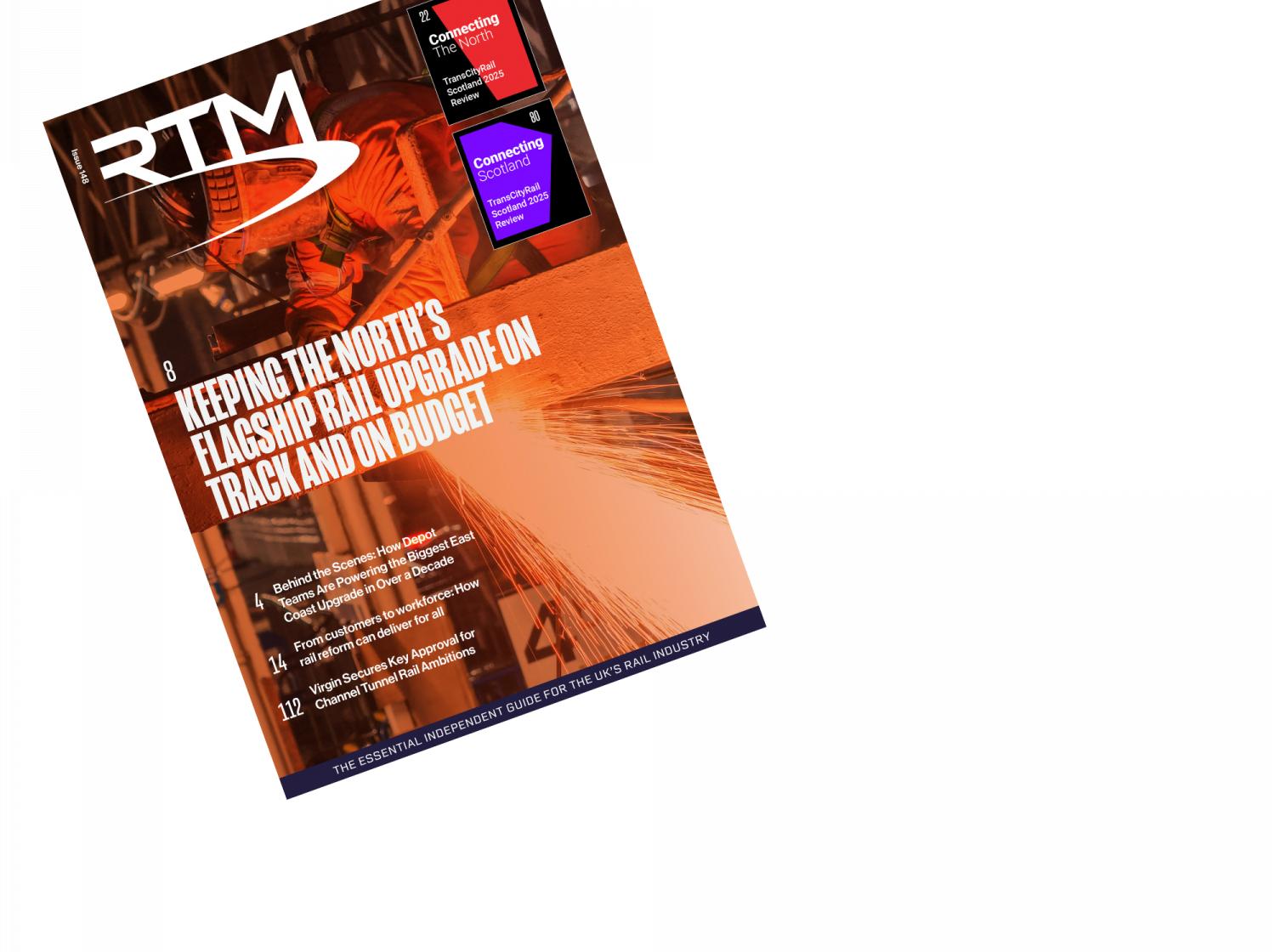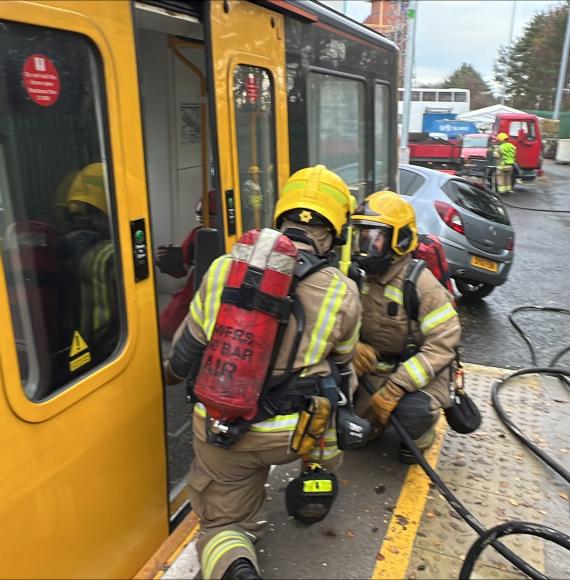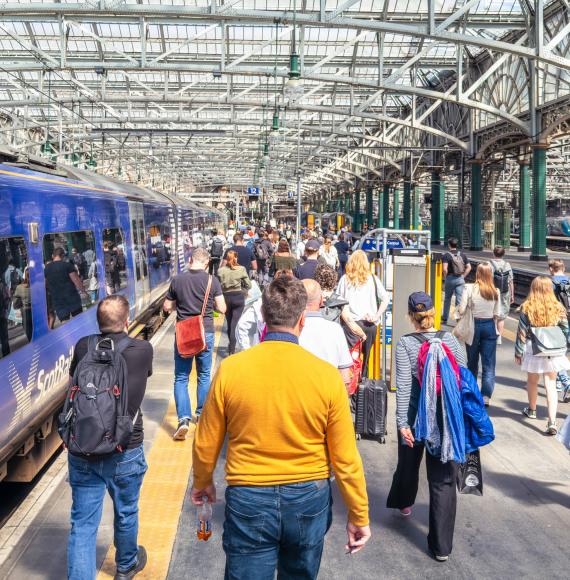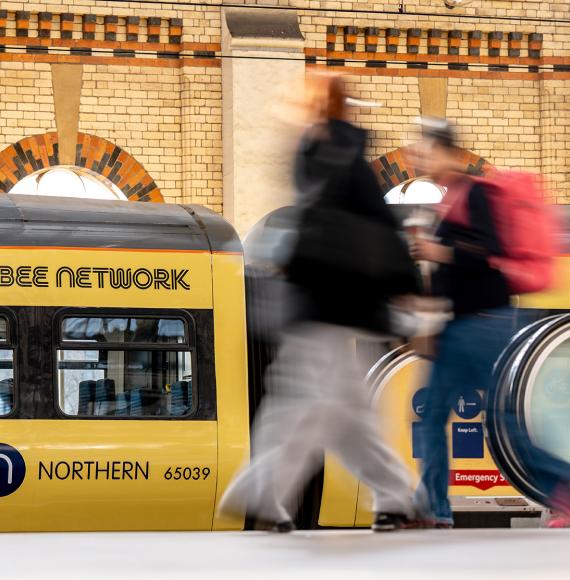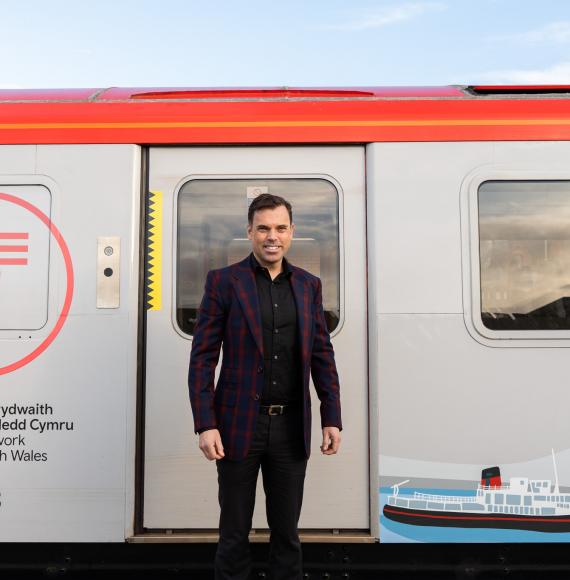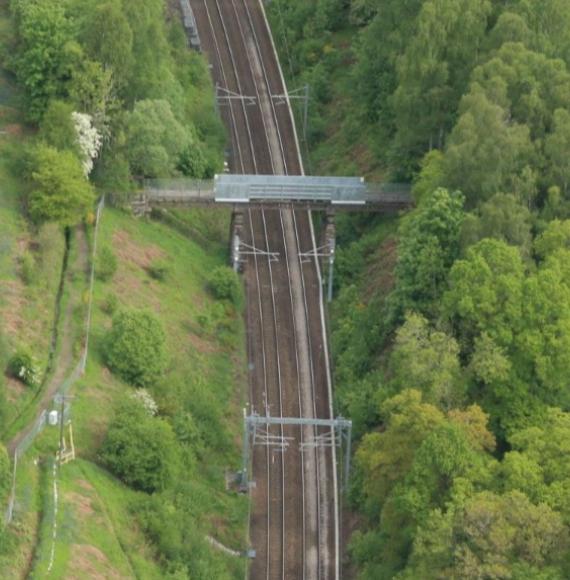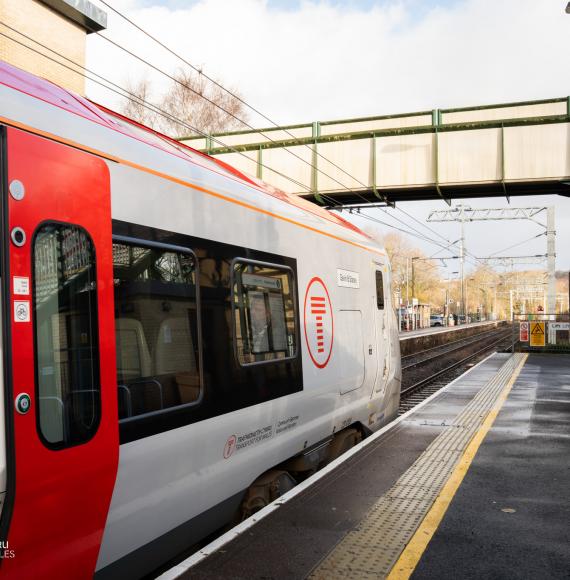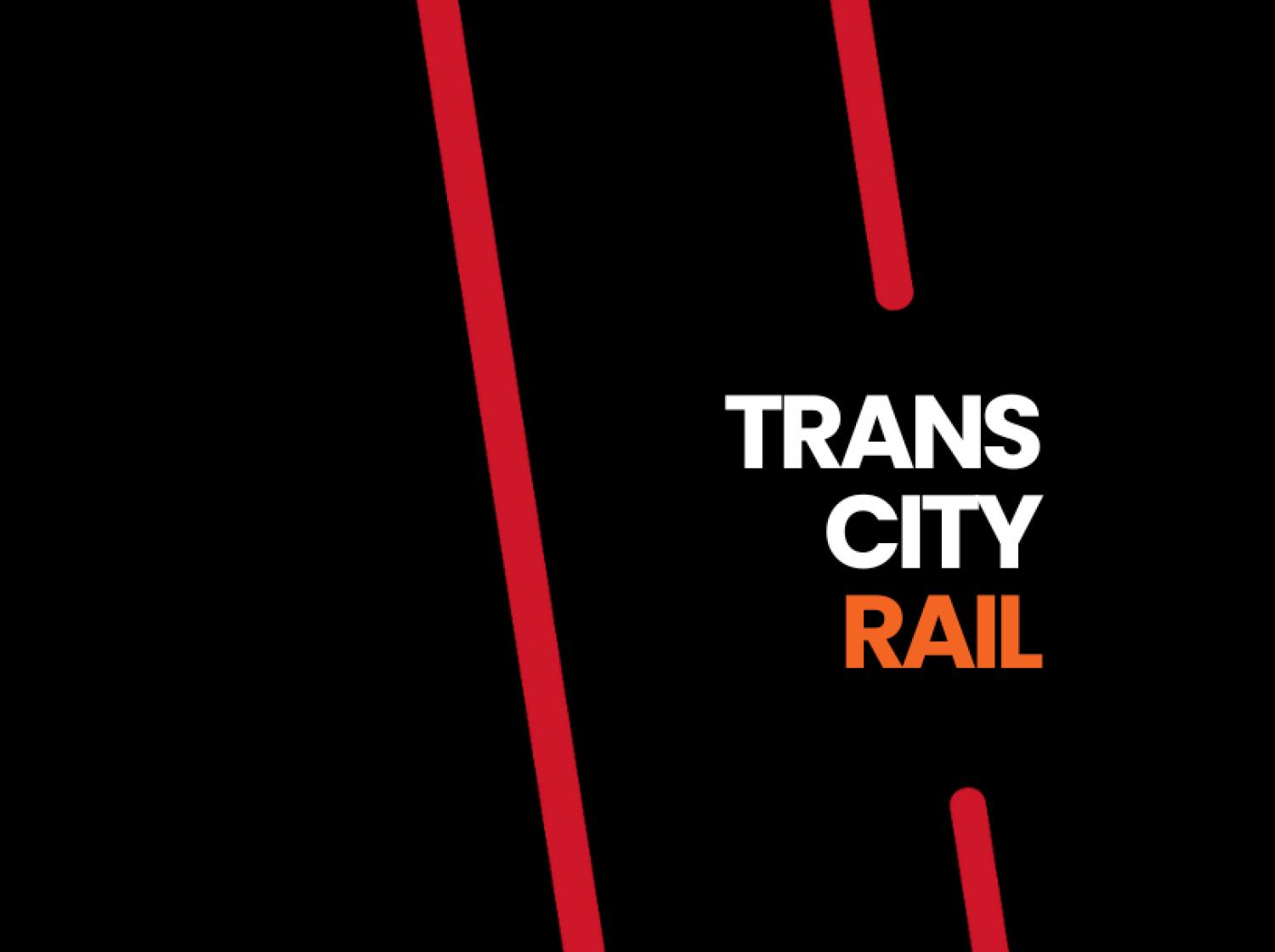Engineers working on the HS2 project have started assembling a new green bridge at Turweston, located on the edge of Buckinghamshire and West Northants. This 5,940 square metre structure, near Brackley, will carry a country lane and footpath over the new high-speed railway, with space on either side to create a safe corridor for small animals, insects, and birds.
The bridge will be planted with hedgerows and vegetation to provide cover for wildlife crossing one of the longest and deepest cuttings on the new high-speed railway. It is one of sixteen similar bridges on the HS2 project, which aims to improve journeys between London and the West Midlands while freeing up space on the existing network for more freight and local services.
With the foundations now complete, engineers have begun the delicate task of lifting the thirty-six massive steel beams that will support the 99-metre wide structure. The team used a 600-tonne crawler crane to lift the beams into position on top of the twin abutments. The beams, manufactured in sections and assembled on site, weigh up to 105 tonnes and are being lifted in pairs. They will support a concrete deck formed of pre-cast slabs, which will support 2,700 cubic metres of earth to complete the landscaping.
Once the main structure is complete, excavation will continue beneath the bridge to complete the cutting where the track will be laid. This cutting will stretch for 1.5 miles between the Westbury and Turweston viaducts on the outskirts of Brackley, helping to reduce noise and disruption for local residents.
Cameron Thompson, HS2 Ltd’s Head of Delivery, said:
“It’s great to see the first beams lifted into position at Turweston and I’d like to thank everyone involved. Once complete, this impressive structure will help keep communities connected, while protecting wildlife and biodiversity on either side of the railway.
“Green bridges are relatively rare in the UK so it’s fascinating to see this project come together and I look forward to seeing it progress over the coming years.”
The bridge, thought to be one of the largest in the UK, was designed by HS2’s main works contractor EKFB, a team comprising Eiffage, Kier, Ferrovial Construction, and BAM Nuttall, working with its design partner, ASC (a joint venture between Arcadis Setec and COWI) and specialist architects Moxon.
During the design stage, better-than-expected ground conditions combined with design optimization allowed the team to cut the structure’s carbon footprint by 42%. This was achieved by significantly reducing the amount of carbon-intensive concrete and steel by removing 102 deep piles and opting for shallow foundations instead.
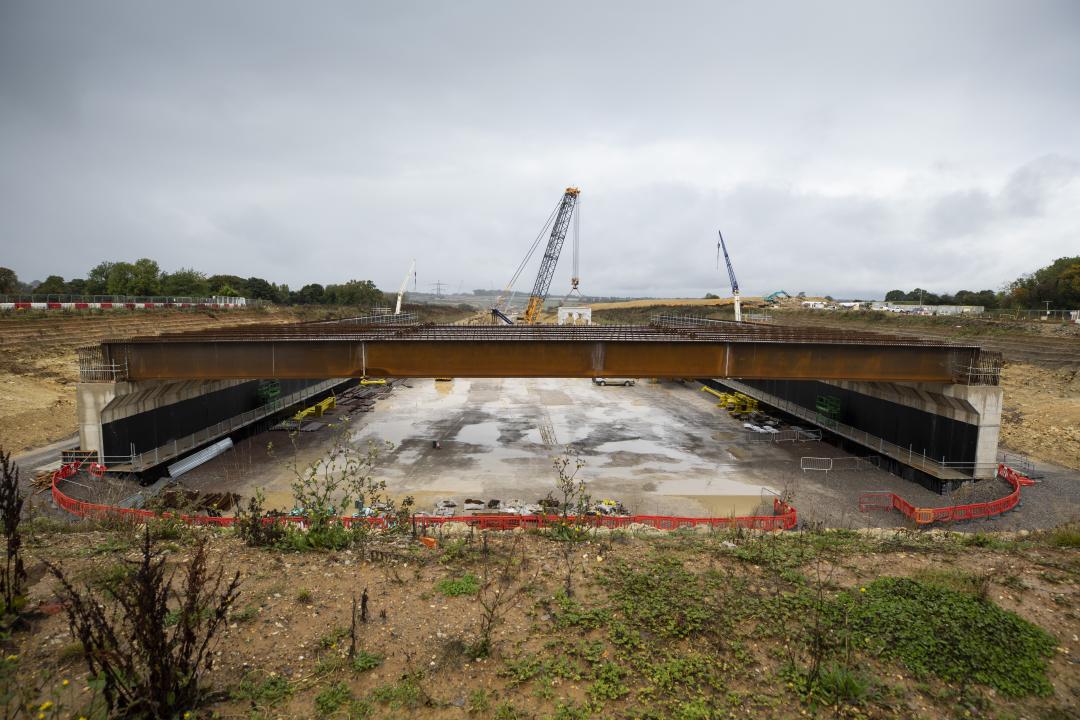
Luis Prieto, T2G Structures Project Manager for EKFB, said:
“It's exciting to witness the construction of the wildlife bridge at Turweston. This innovative 5,940-square-meter structure will carry a country lane and footpath across the HS2 railway, providing a safe corridor for small animals, insects, and birds.
“I am extremely proud of the work the team has done, particularly in optimising the design of the structure's foundations, which has enabled a substantial reduction in the scope of work. Additionally, improvements to the construction sequence have driven excellent progress to date.”
In addition to green bridges, five much longer ‘green tunnels’ are also being built between London and Birmingham, with some up to one-and-a-half miles long. Together, they will help knit together 33 square kilometers of new wildlife habitats alongside the railway, including 7 million new trees and shrubs. Wherever possible, the green bridges have been designed to include footpaths, bridleways, or farm access routes that also need to cross the railway.
Image and video credit: HS2

